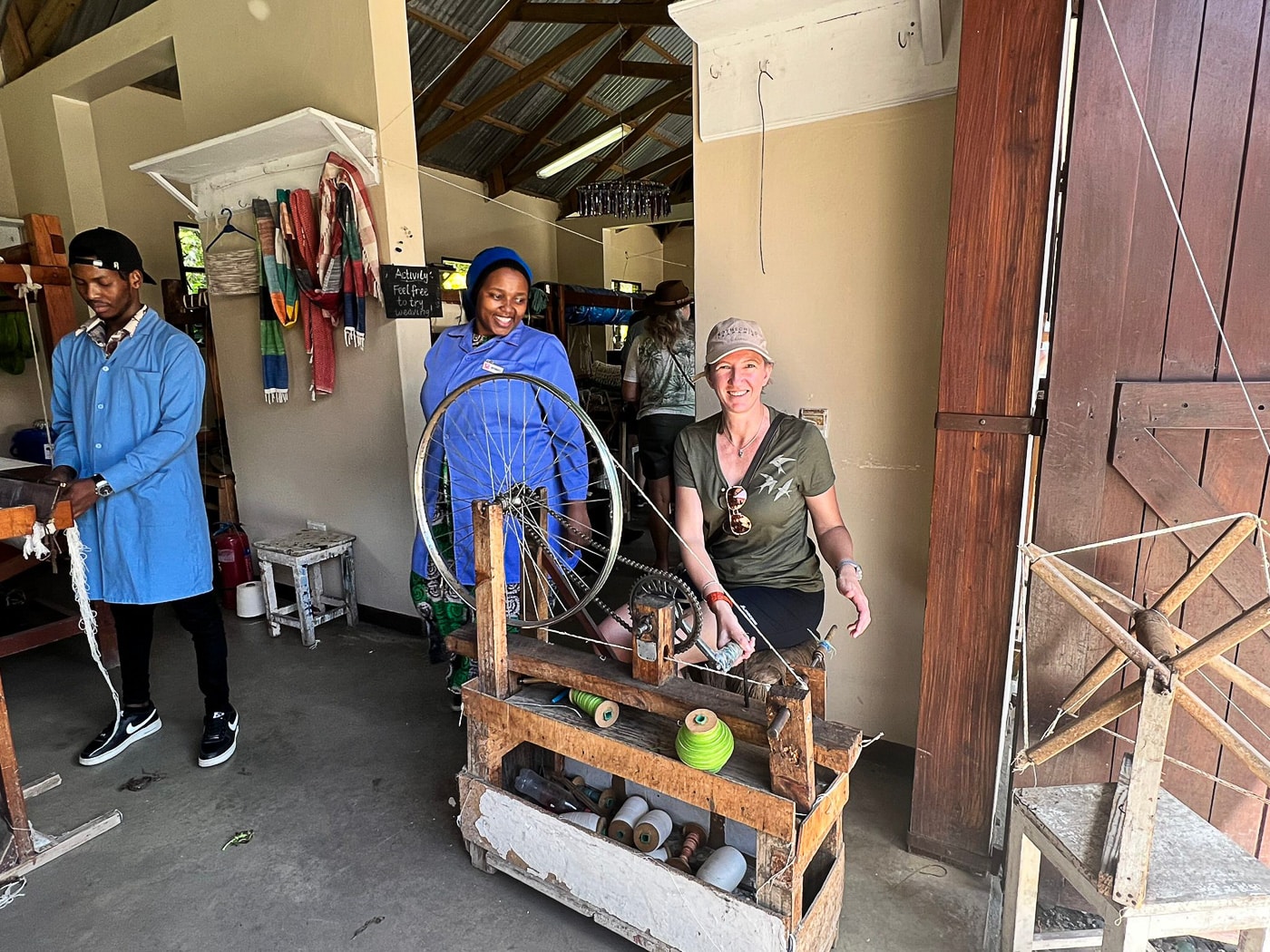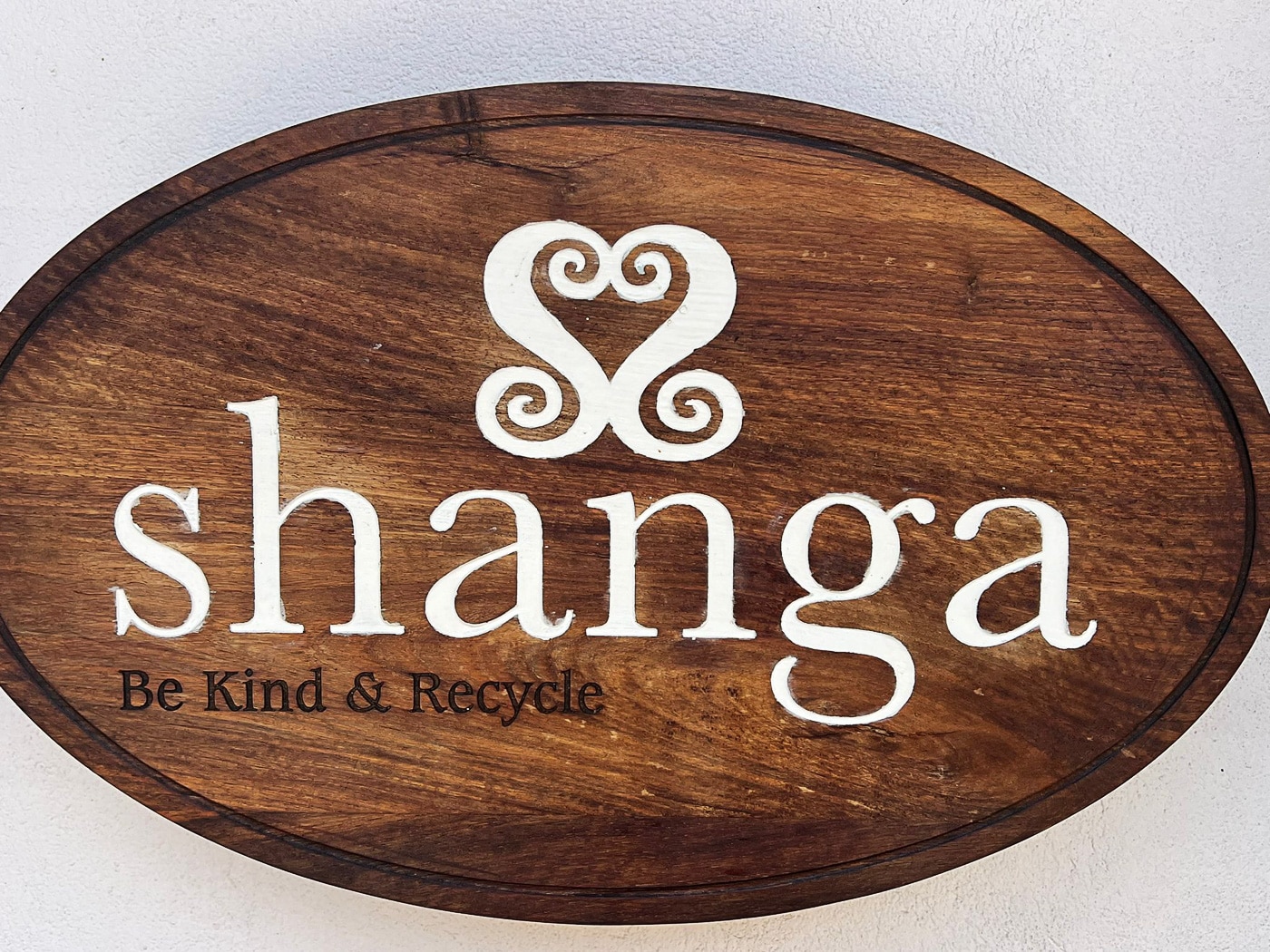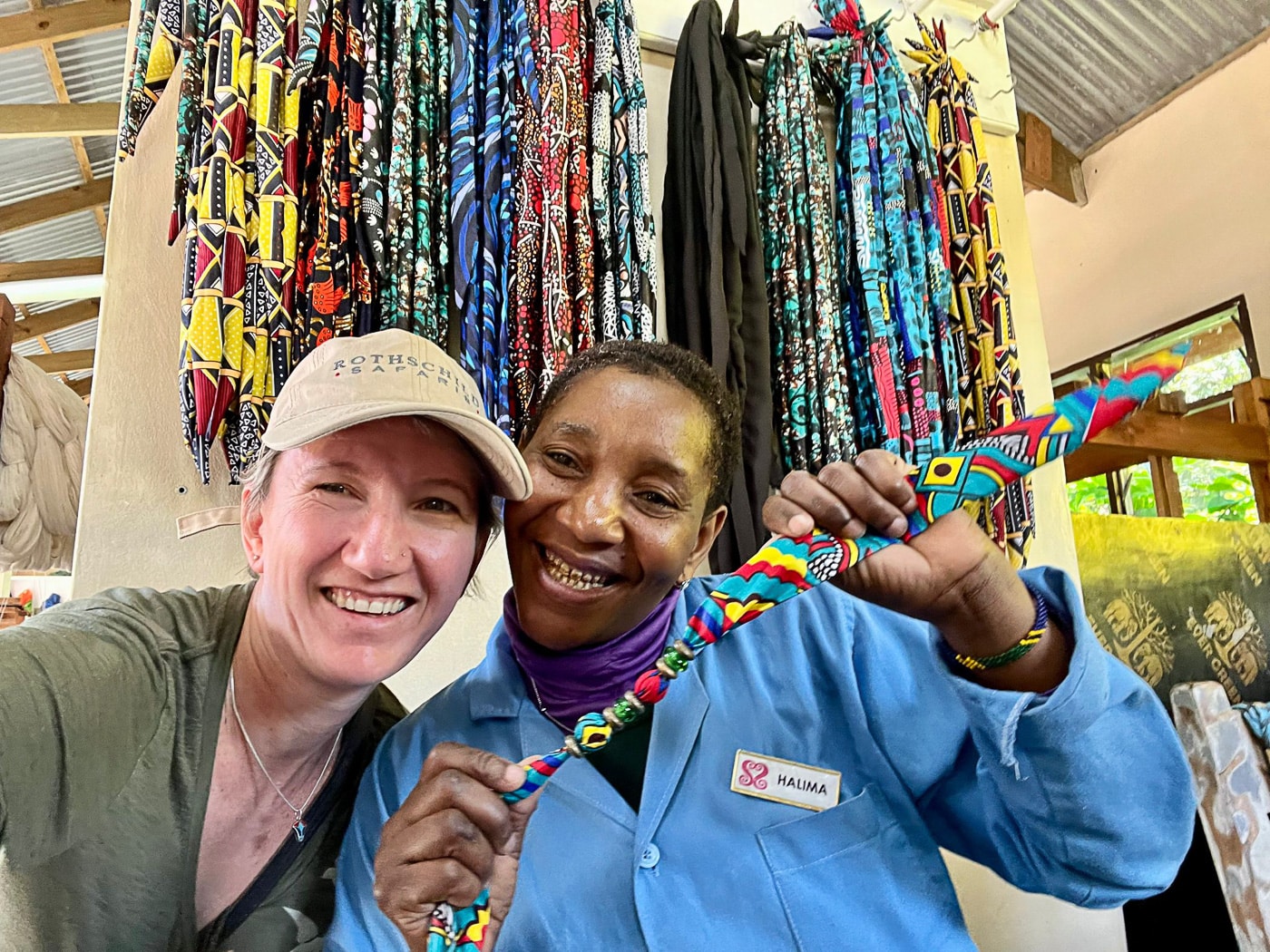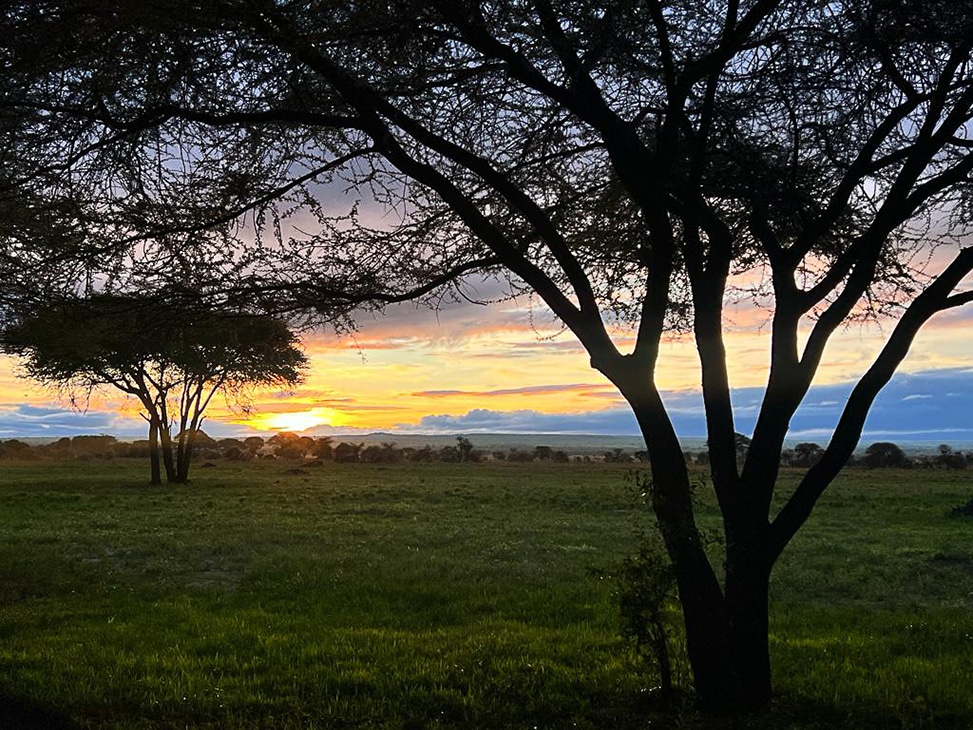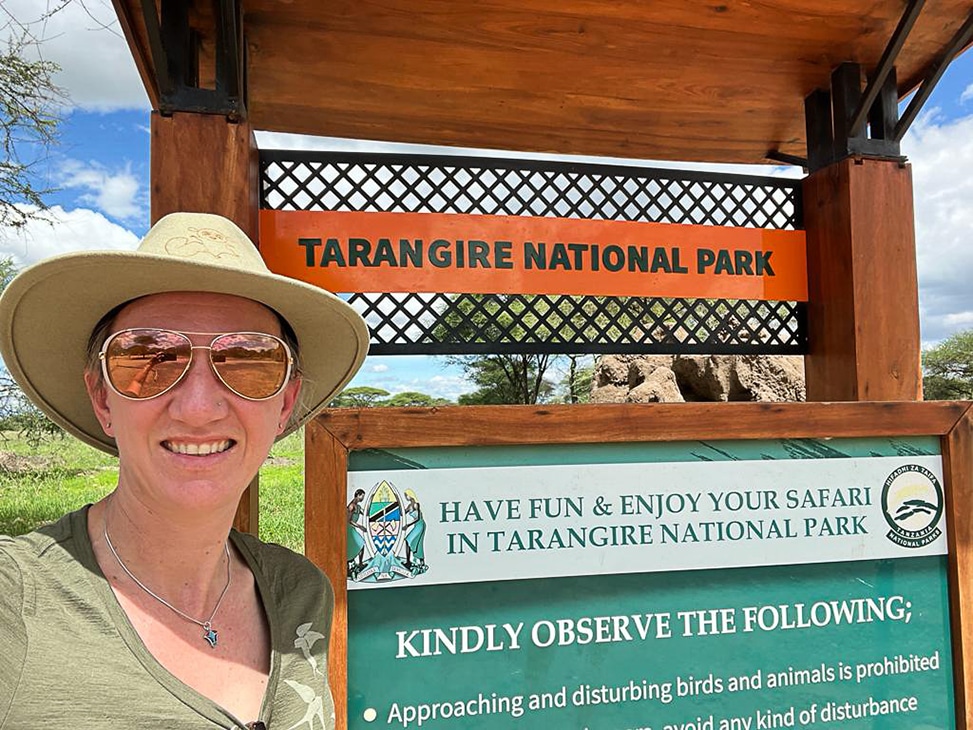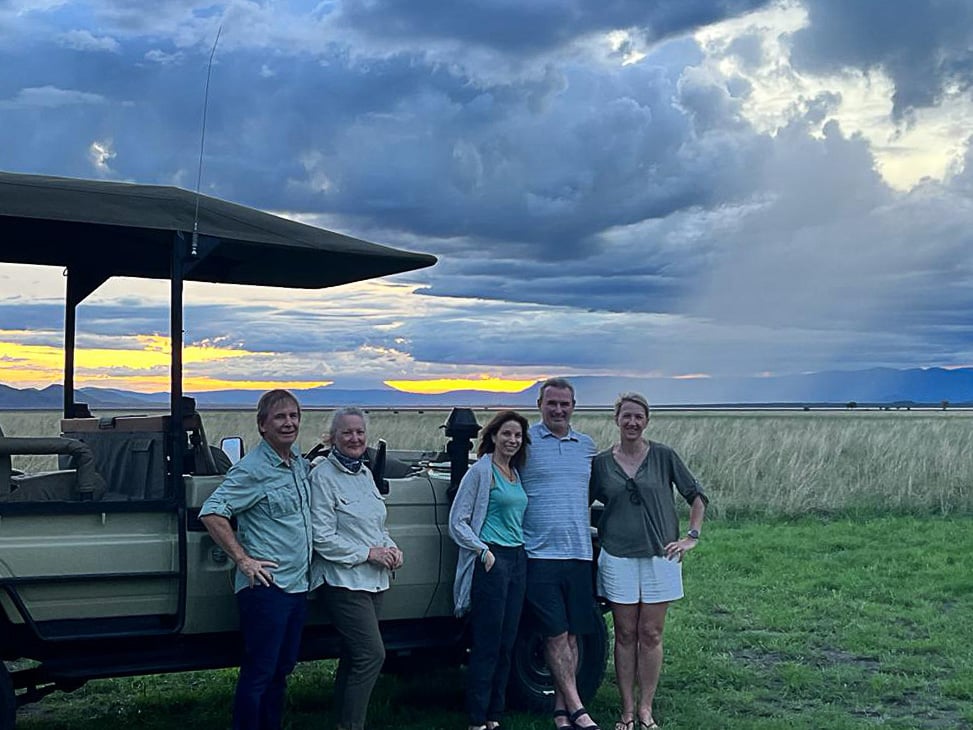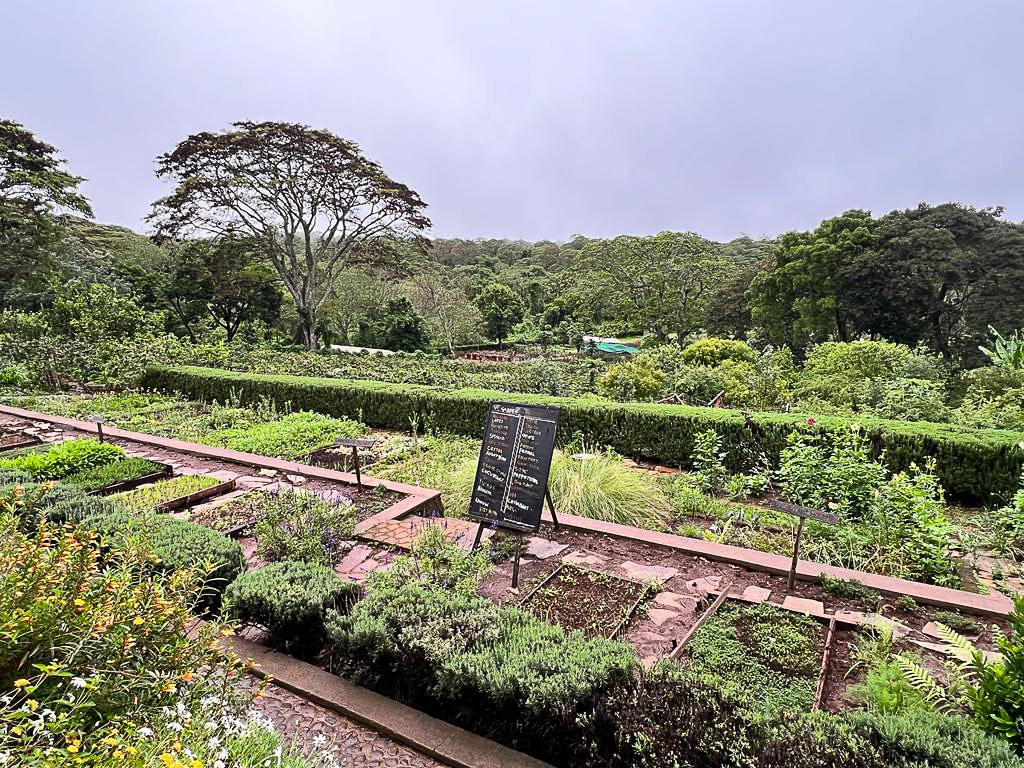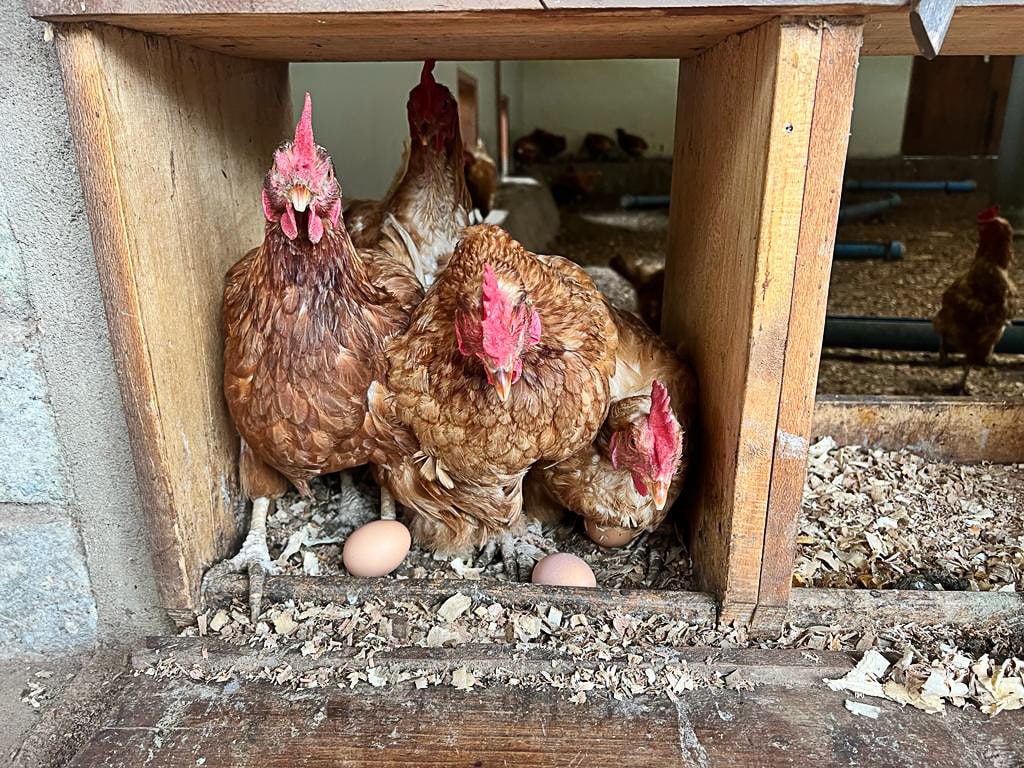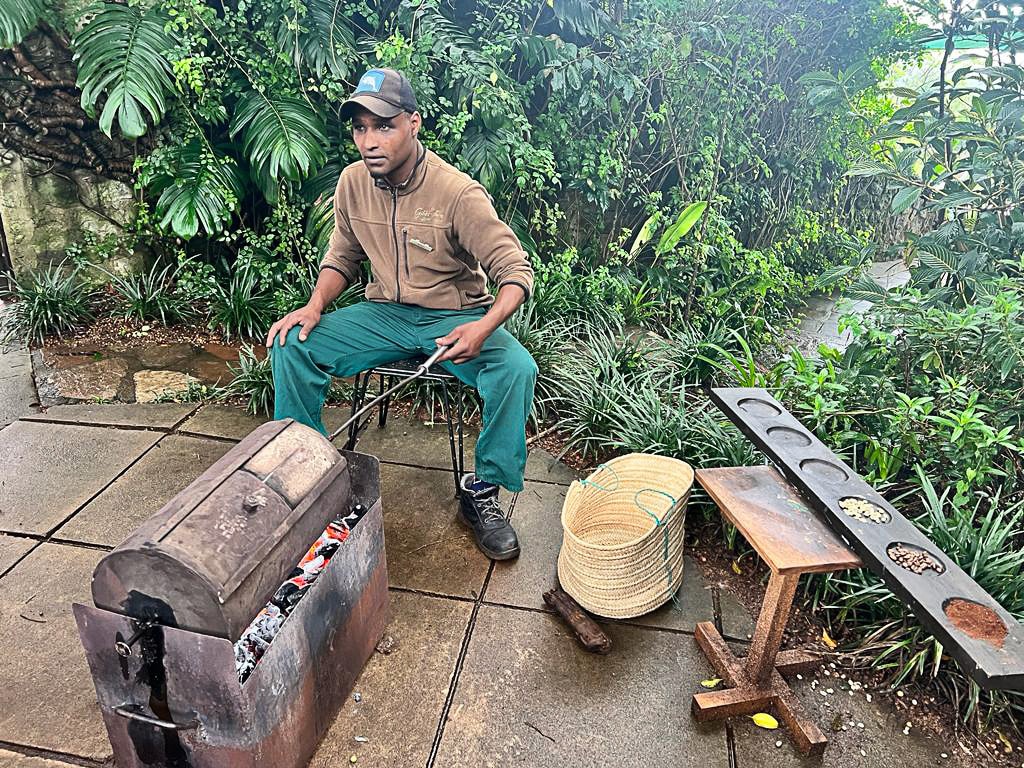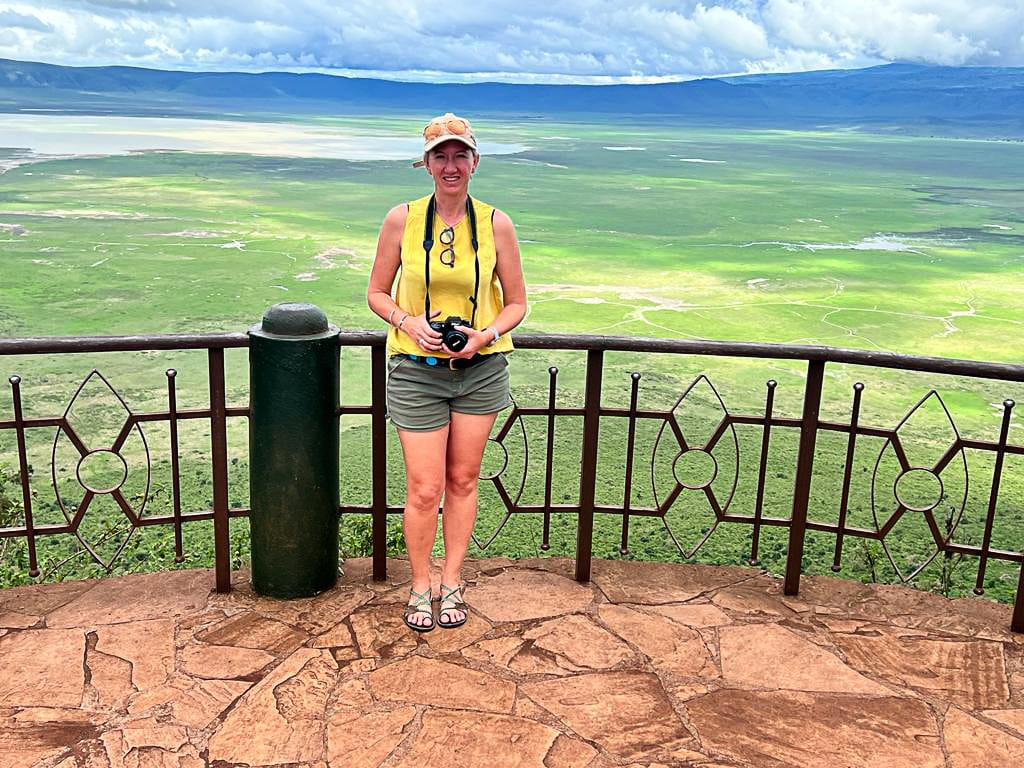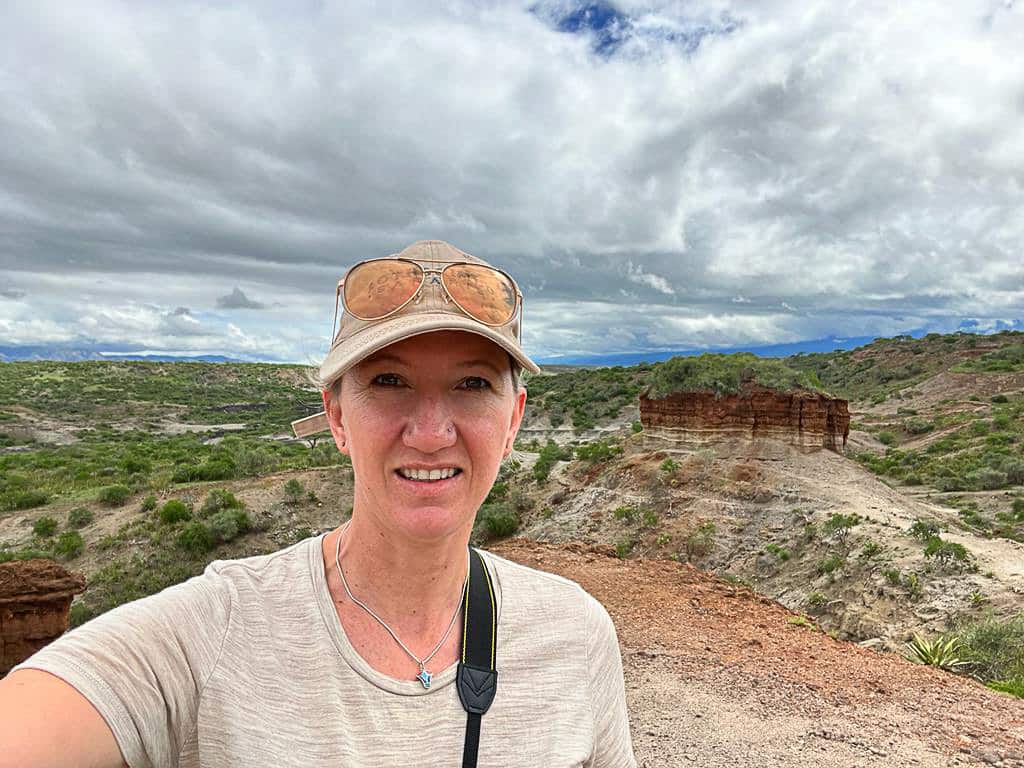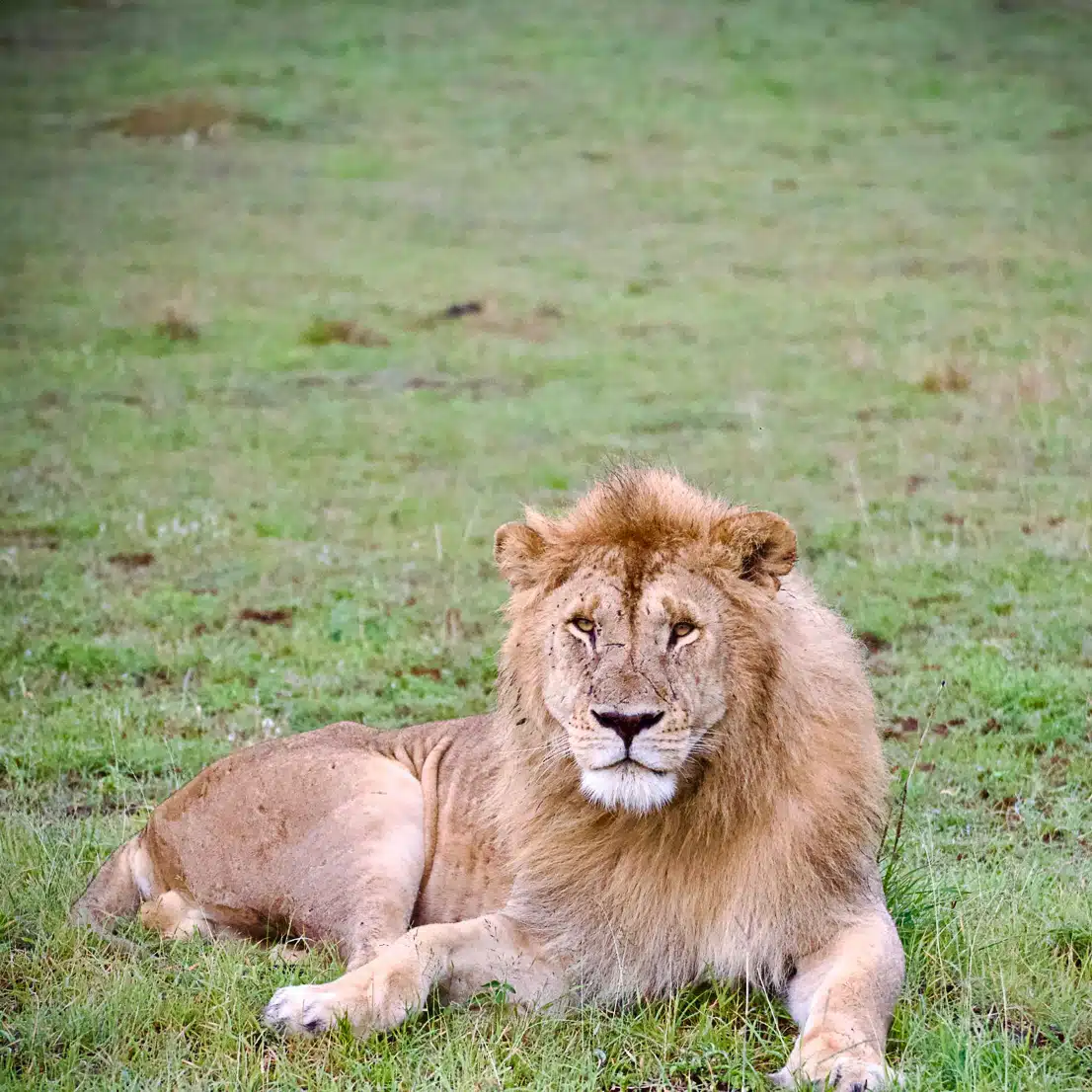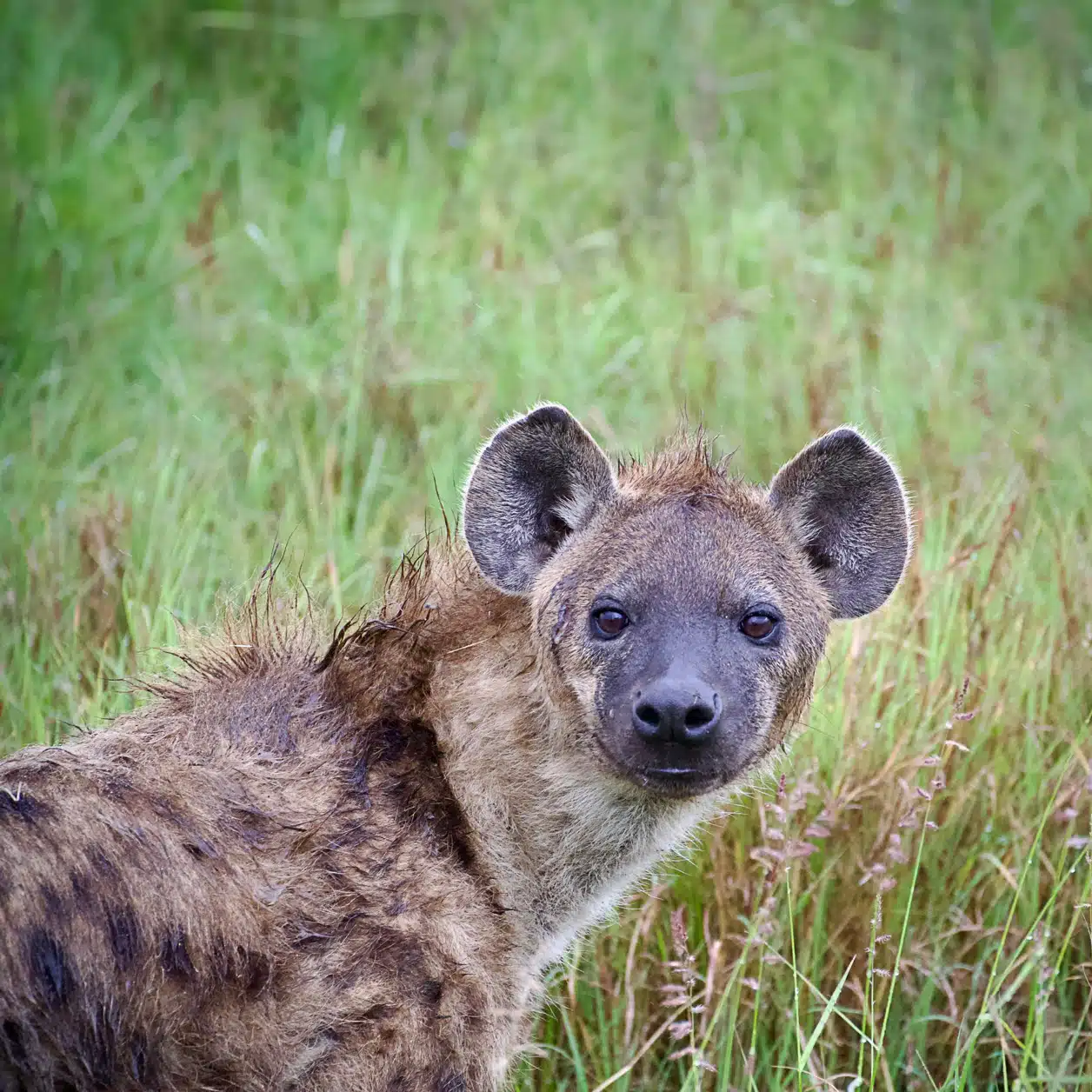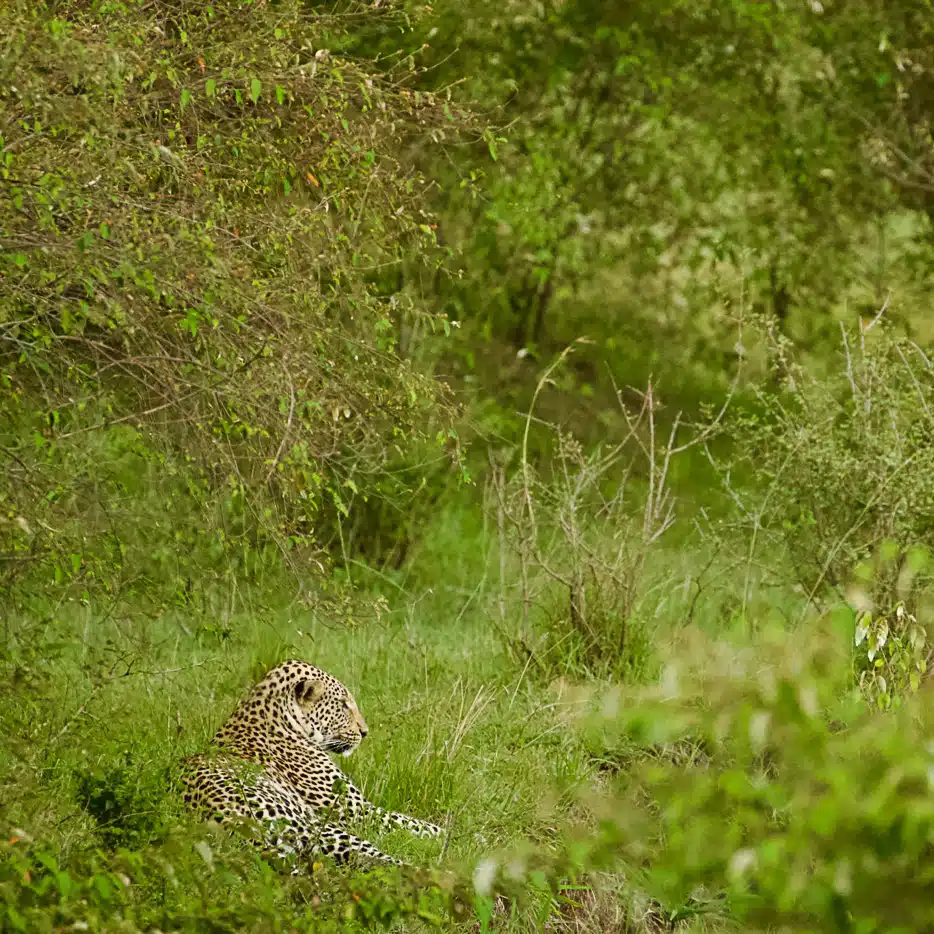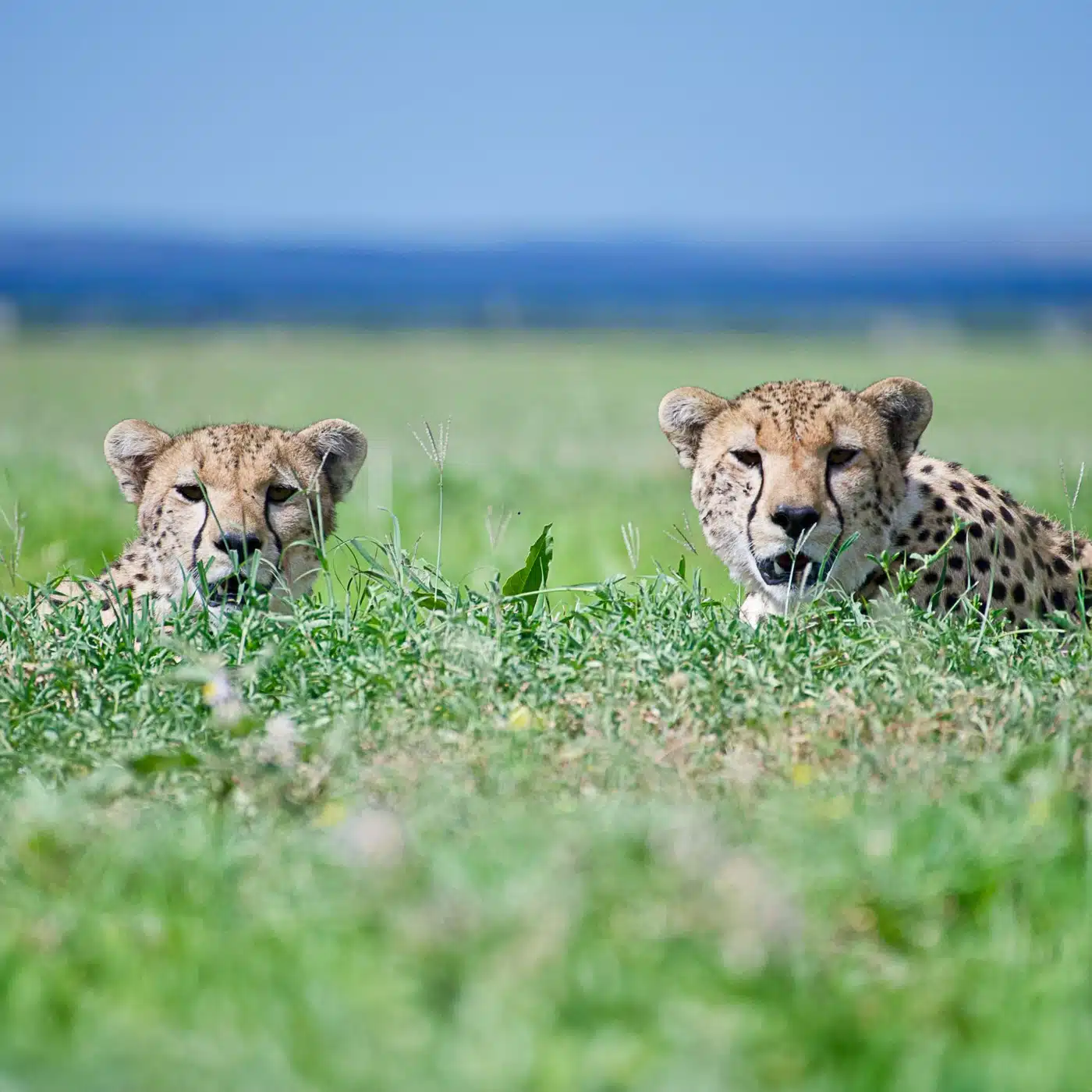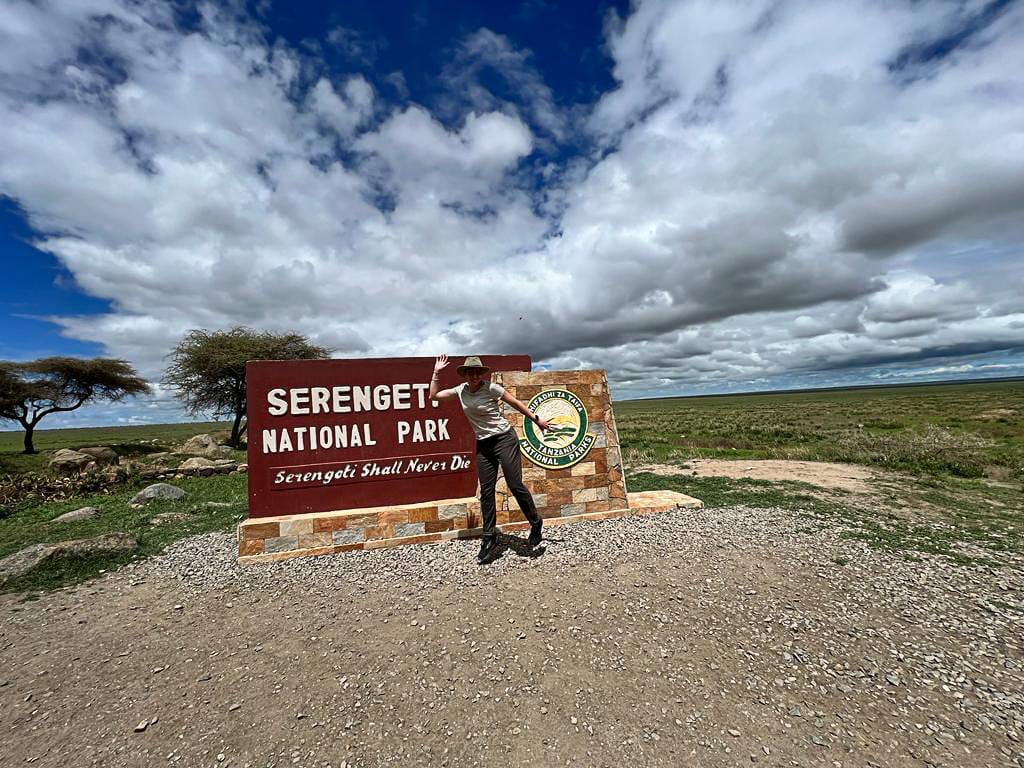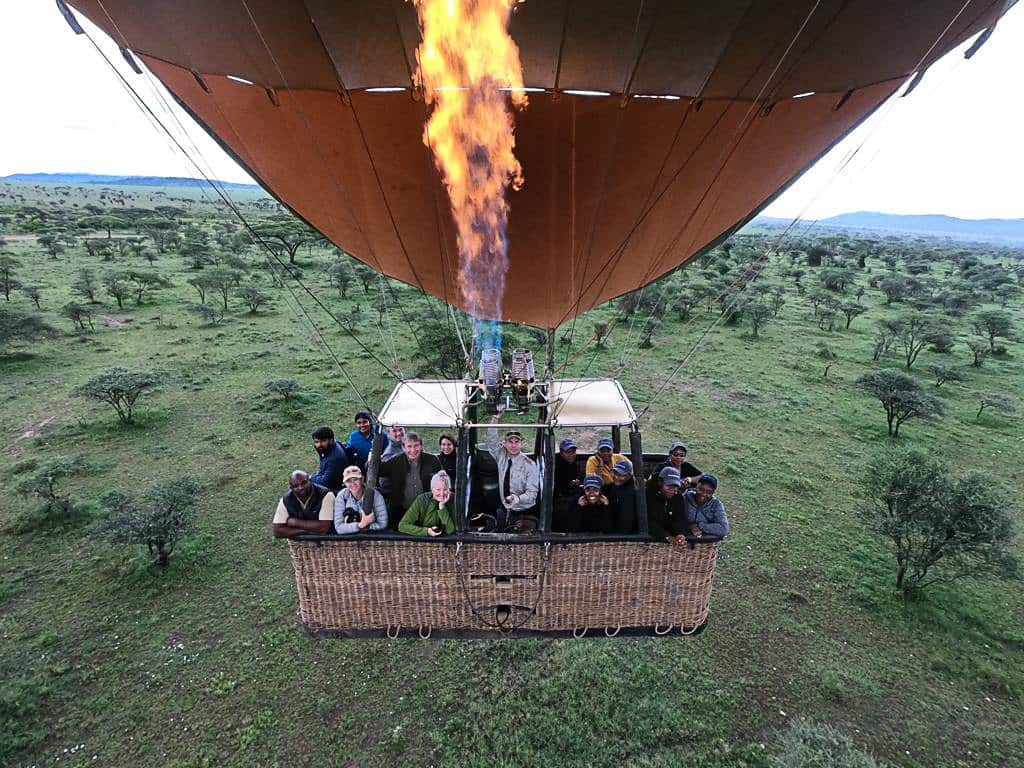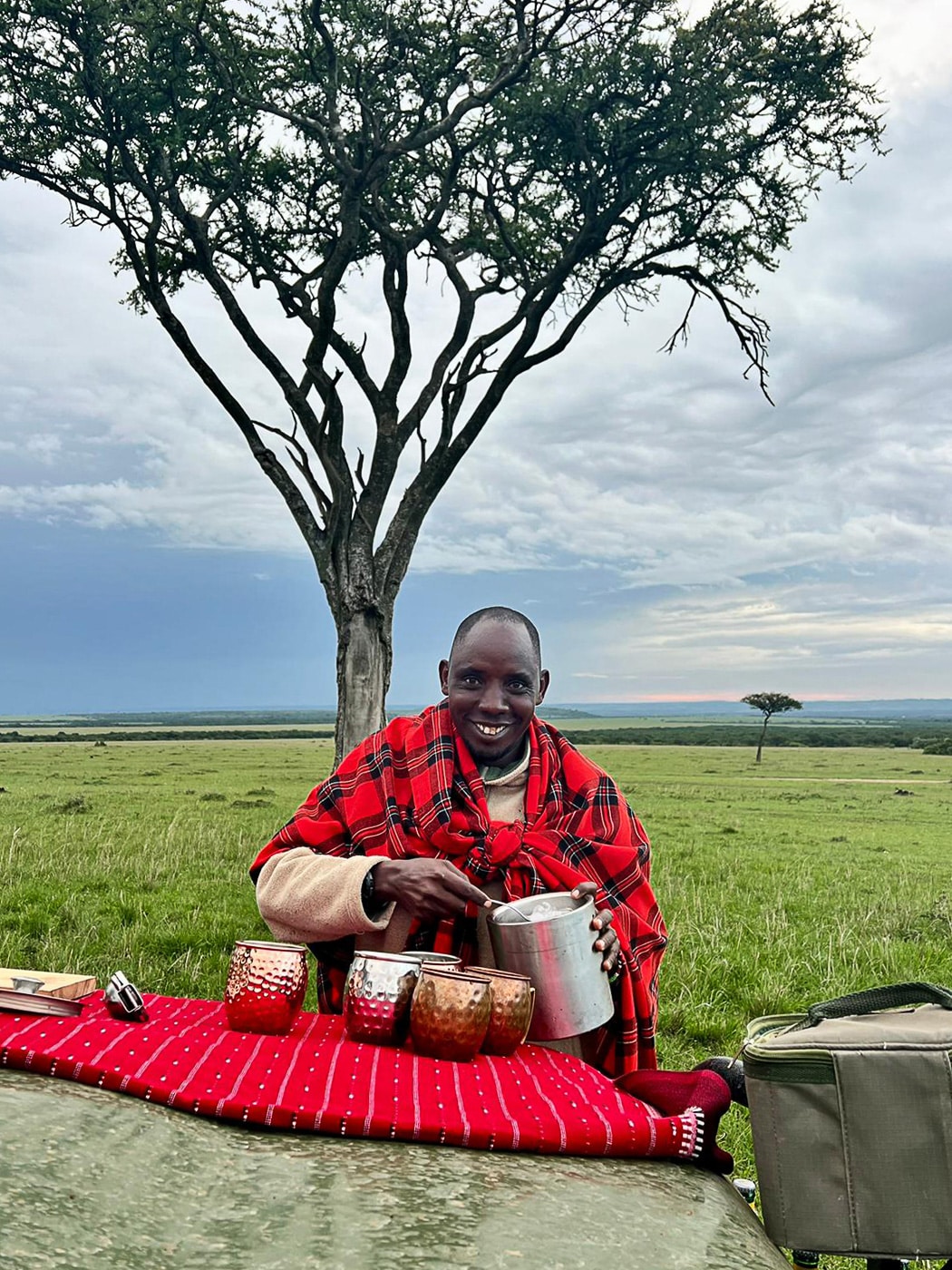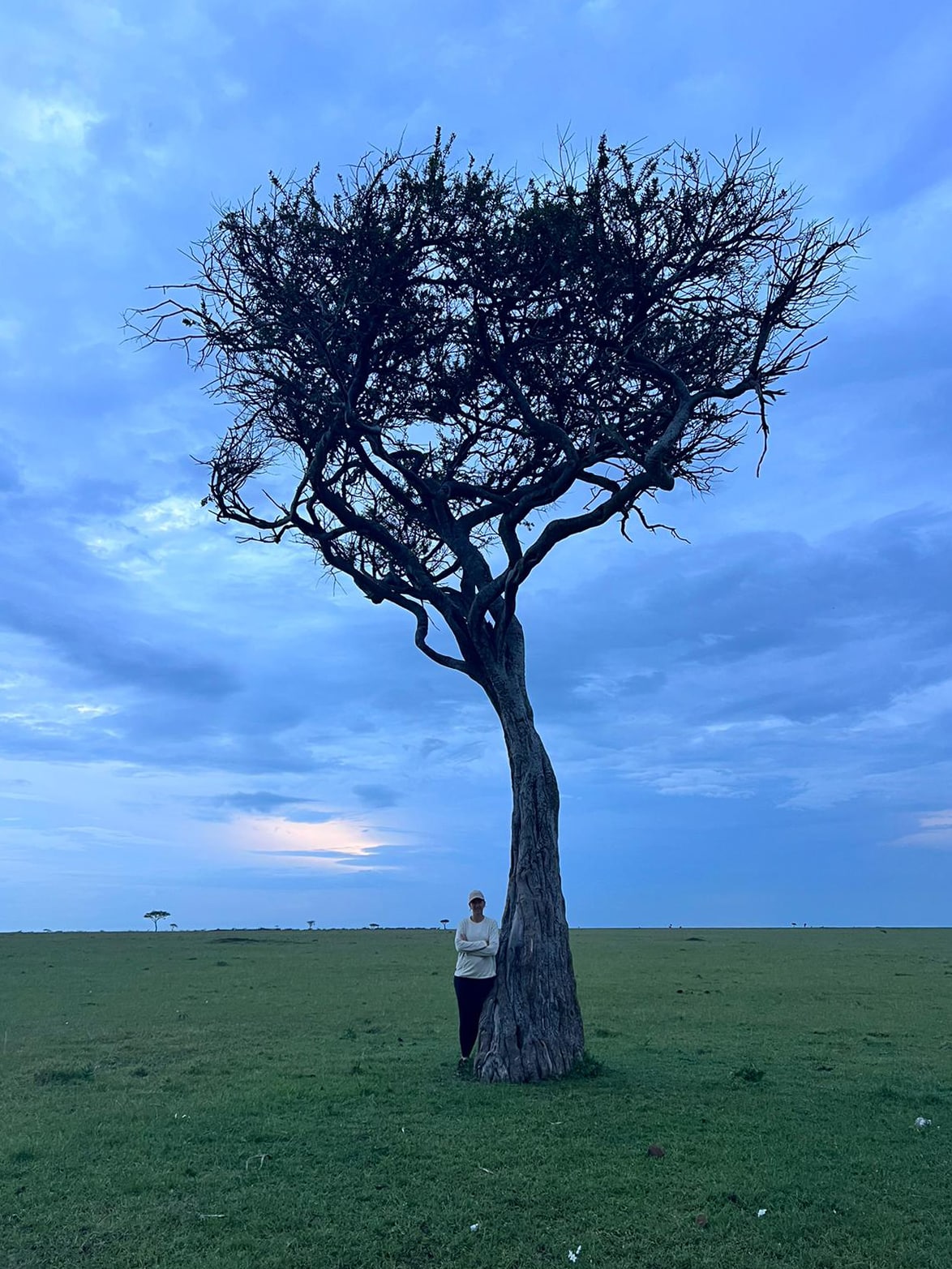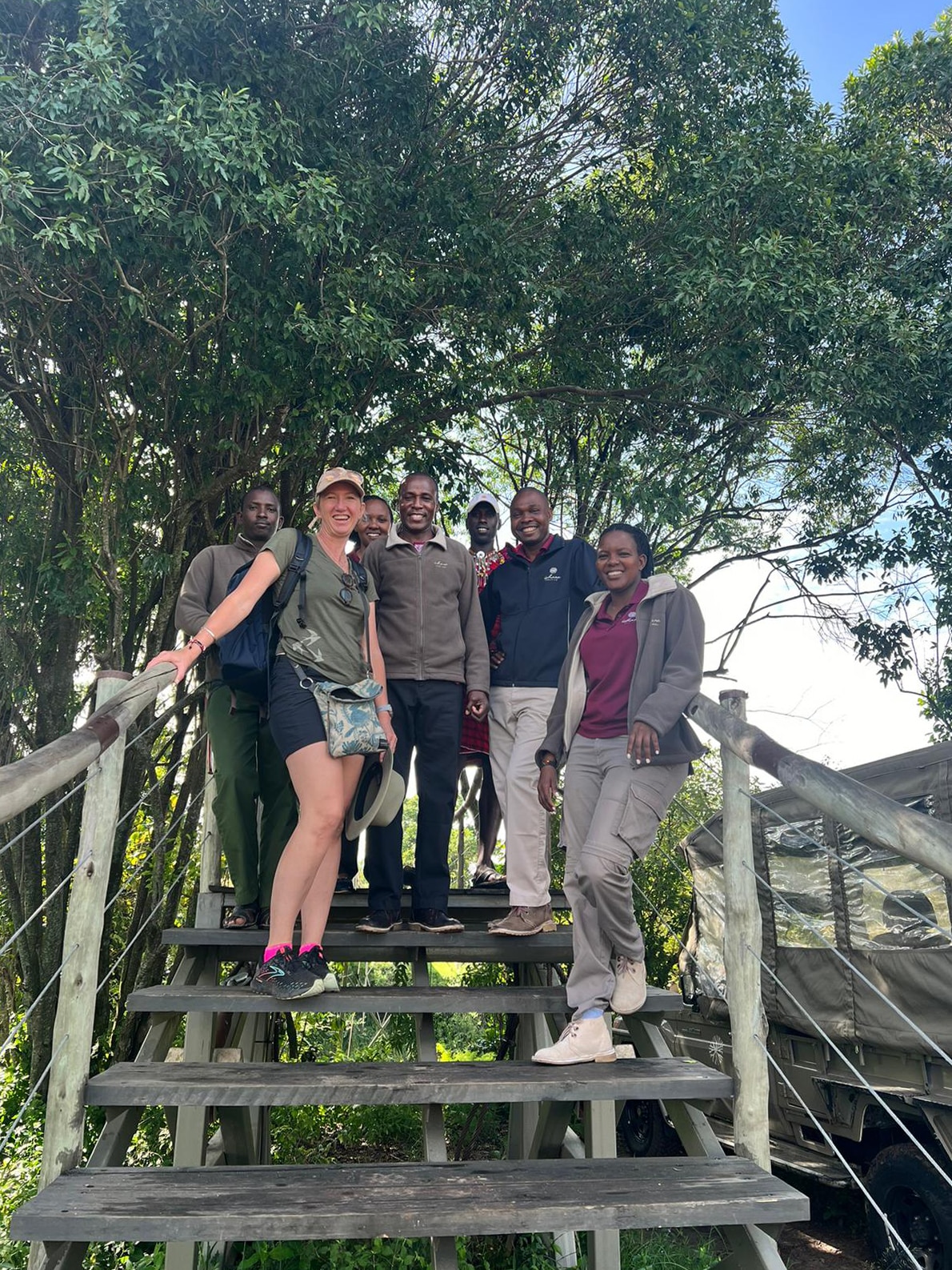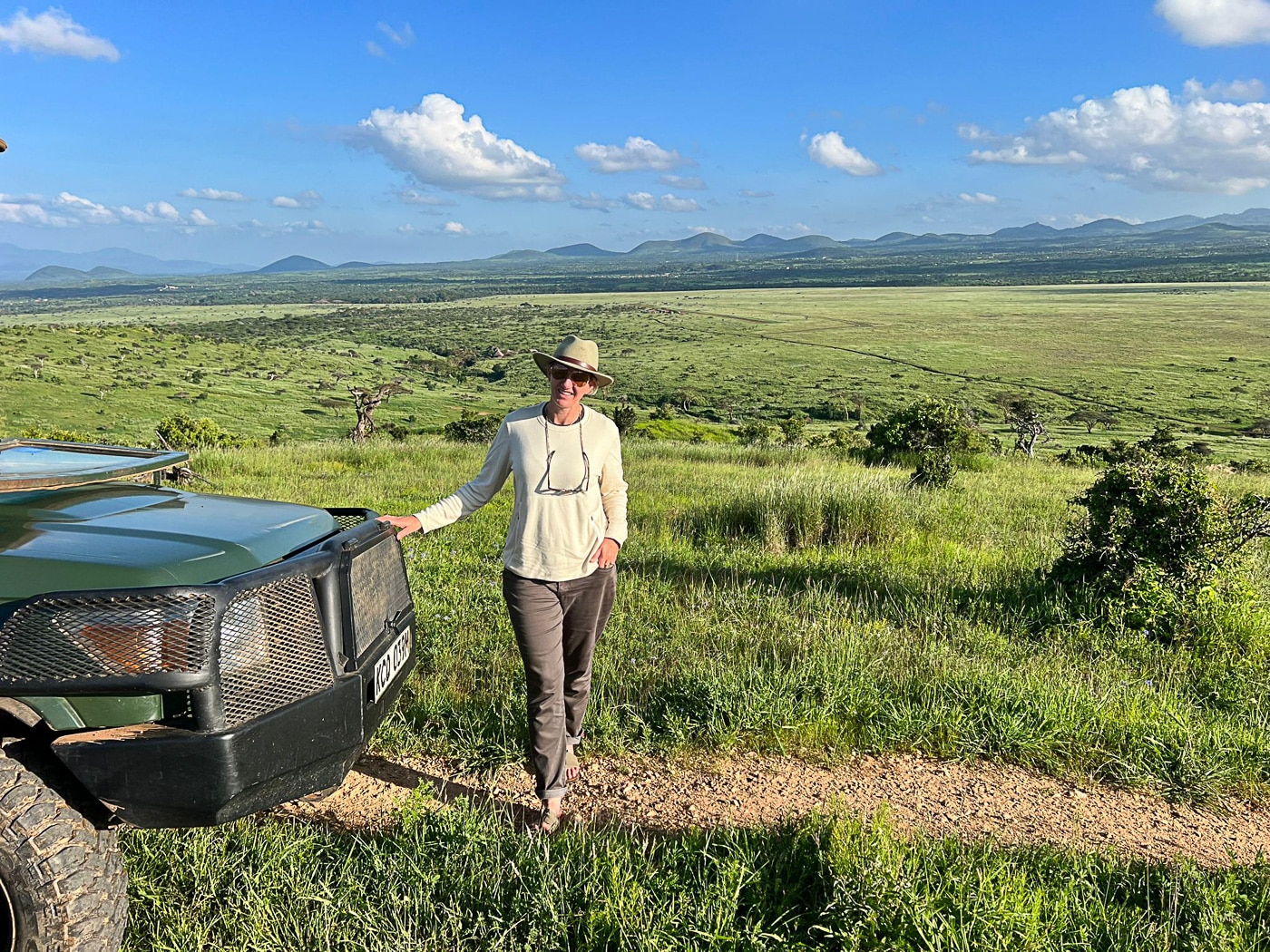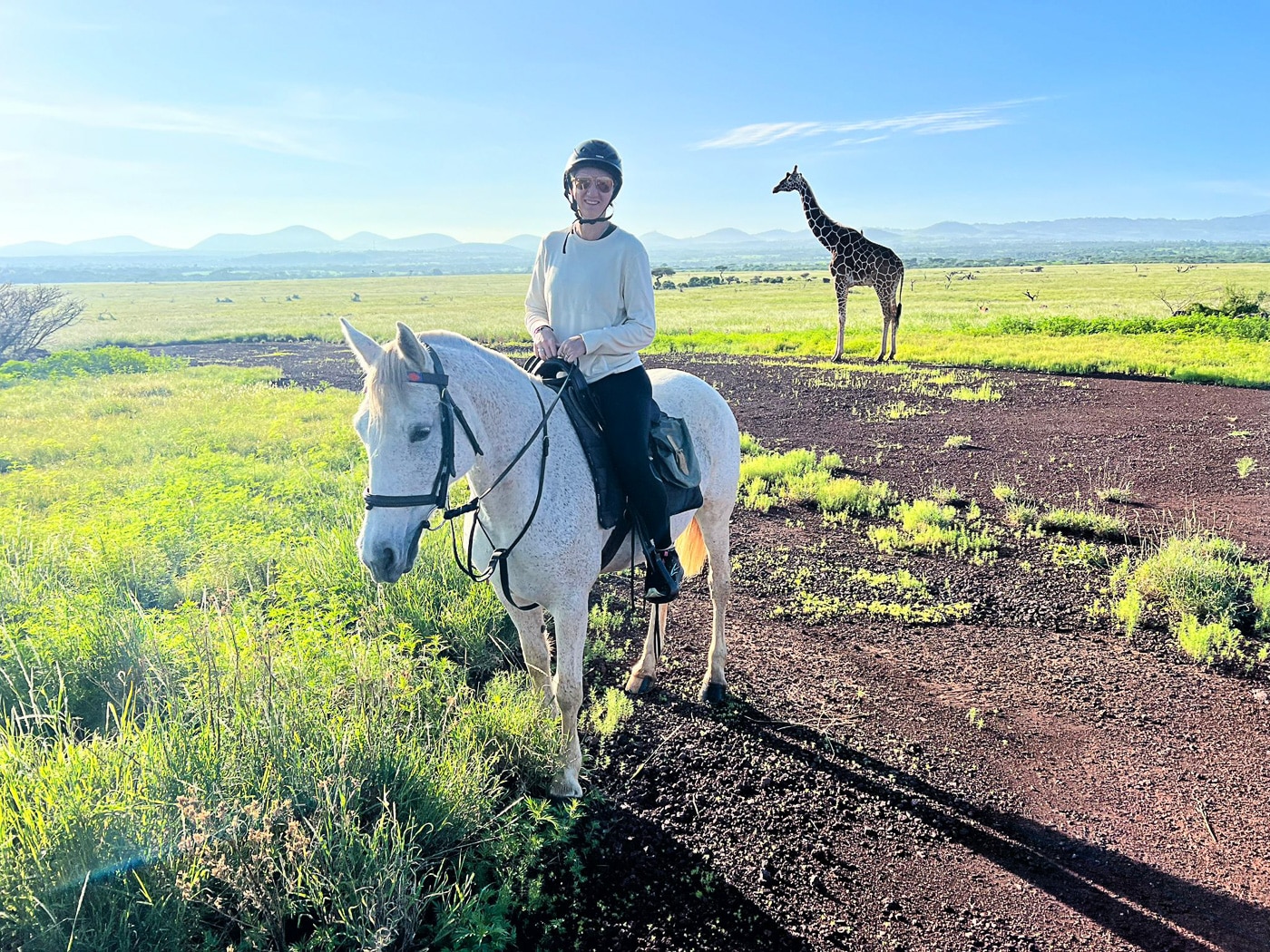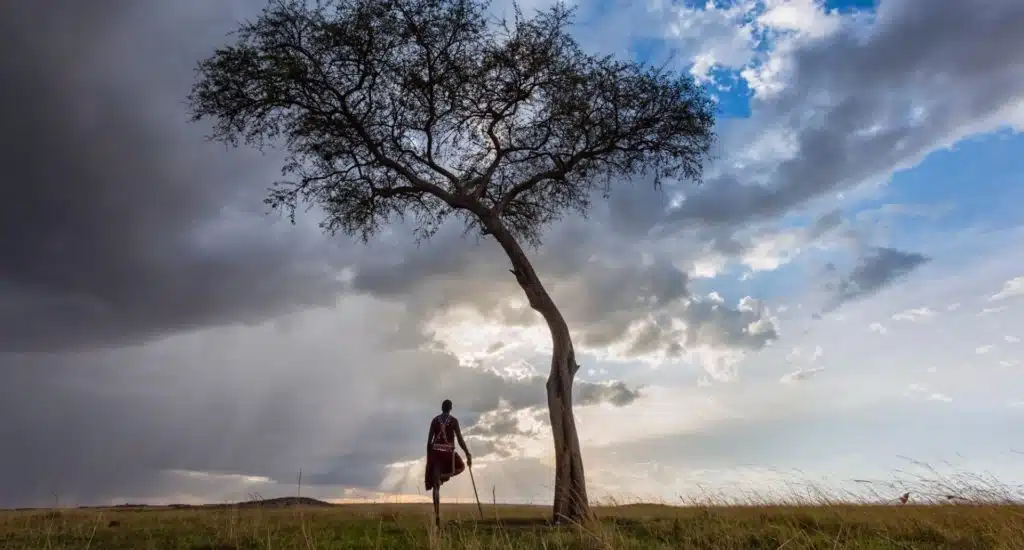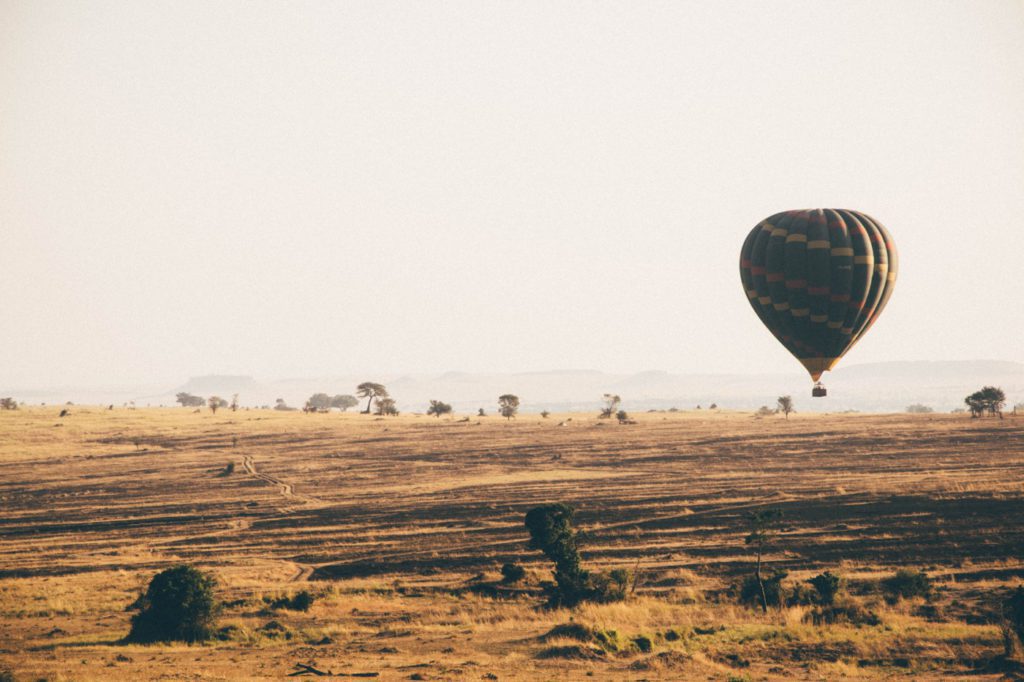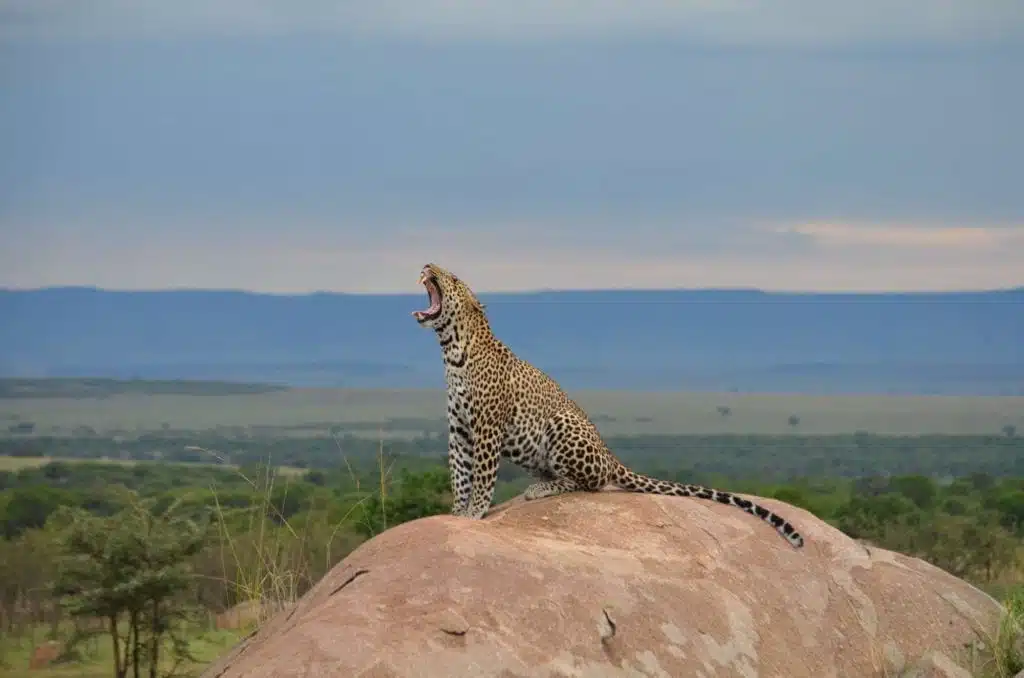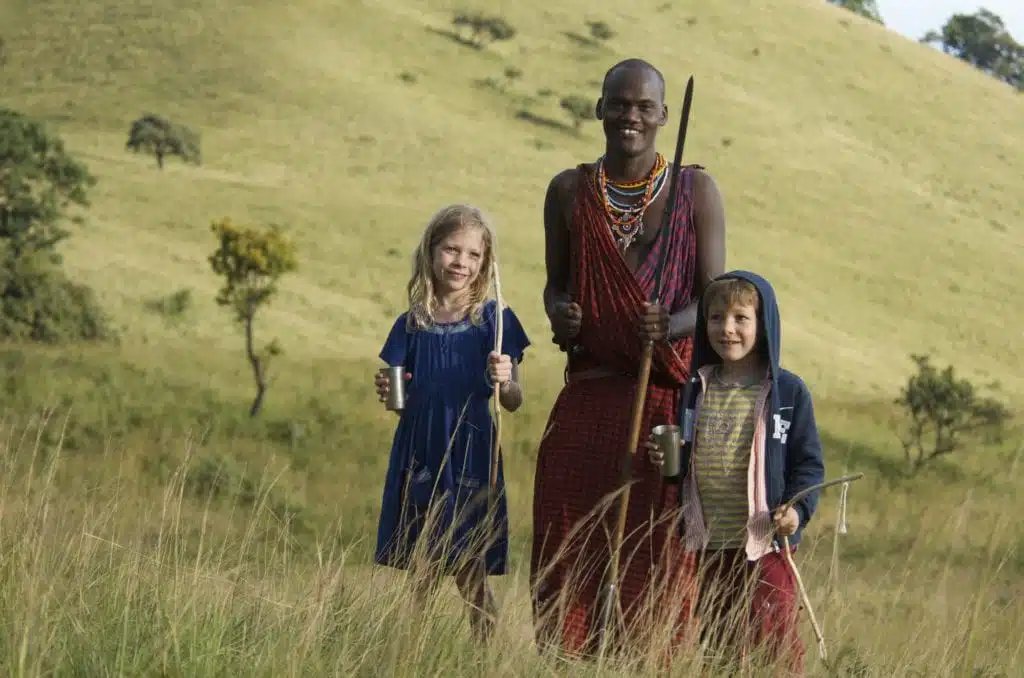A SAFARI IMMERSION
Tanzania & Kenya
Many African nations offer their own interpretation of a safari, and each has its own idiosyncratic specialty. It might be the gorillas of Uganda, the superb game viewing of South Africa or the captivating landscapes of Namibia; but when one is searching for the iconic safari, Tanzania and Kenya are quite possibly the foremost choice.
A spectrum of landscapes, superb family-owned lodges, breathtaking game viewing, the Mara, the Ngorongoro… the list of must-sees floods, fills, and breaches the bucket list with ease. When asked how long one should spend in these two enchanting countries, Travel Designer Storm Keen’s fervent answer might always be “never long enough”, her recent two-week travels, though frenetic, barely scratching the surface of all these destinations have to offer.
Beginning in the tourism capital of Tanzania – Arusha – Storm soon realized that wildlife was only one perspective of a Tanzanian safari, its kaleidoscope of attractions giving her a glimpse at the communities, culture, hospitality, ancient history, and adventures that diversify any itinerary.
In equal parts enjoyment and research, Storm’s spectacular journey was even graced with the unseasonal presence of the Great Migration as if somehow pre-planned for her arrival.
Join Storm as she shares every step of her explorations of Tanzania and Kenya:
Part 1 – Tanzania
A Cultural Immersion in Arusha
Kenya and Tanzania are very different countries despite often being spoken about together when talking about travel and the commonality of the Maasai People that occupy both countries.
Tanzania is the more affordable visit of the two, the more road transfers available to showcase a little more of life on the ground, its many cultures, and iconic national parks. These are easier to travel between with a combination of land and air.
And once you have done the “must-see” key destinations such as the Ngorongoro Crater, Tarangire and the Serengeti there is so much more to offer if you have the time and are willing to spend a little extra money to get off the beaten track a little to places such as Ruaha, Nyerere National Park (formerly Selous Game Reserve), Katavi, Mahale and Lake Victoria.
I landed in East Africa for the first time since BC (Before Covid) and what feels like forever! It is funny how Covid is now a thing of the past but is still a dateline in a lot of our lives. This trip was a journey for the senses.
I was absolutely exhausted after the long-haul flight, but was met in Arusha and warmly welcomed to Tanzania.
For me personally, there is no better way to start an adventure than to hit the ground running, so day one had me up and about exploring properties around Arusha and visiting Shanga Beading.
Shanga Beading is a really heartwarming stop and everyone who has the time in Arusha should consider fitting this into their itinerary. It’s a place where opportunity is given to people with disabilities where they would otherwise not have any; a place where they are able to be creative and work with their talents. They weave blankets and rugs the old-fashioned way on a wooden loom, blow glass, and make jewellery and re-usable bags. You can watch them at work creating all these amazing pieces and then visit their shop to purchase anything that might have caught your fancy.
The Elephants of Tarangire
From Arusha we drove out to Tarangire which is well known for its big herds of elephants – especially the big tuskers – its many Baobab trees and its tree-climbing lions, and is a great introduction or start to someone’s Tanzanian safari experience. My first night was spent at Honeyguide Camp in the northern part of Tarangire National Park before heading to the Burungwe Wildlife Management Area (WMA) and staying at Little Chem Chem. Burungwe WMA is a tract of land between Tarangire National Park and Lake Manyara and a wildlife corridor that is super important for the free movement of game between these two areas. Being a private conservancy, there are a few more activities you can include in your stay here such as a walking safari, sunrise hill climb, run with the Maasai, visit a local school, or do a hot-air balloon or scenic helicopter.
Leaving a small piece of my heart at Little Chem Chem, we carried on our adventure to the Ngorongoro Highlands with a stop at Mto Wa Mbu Village en route. Another great stop for any traveler that is wanting to learn a little of everyday life on the ground in Tanzania and learn about multiple tribes (over 120 to be exact) that all live in harmony in this area whether they are Maasai herders, agricultural farmers, ex-Mozambiquan carvers, local painters, chefs or brewers creating local beer from bananas.
Mto Wa Mbu means the River of Mosquitos and you can do a guided tour over a couple of hours through this vibrant and bustling community learning about life on the ground, how this community came to be, the many different types of bananas grown in the area, and which are used for cooking, brewing beer or eating. You can visit some local artists – not everyone has the opportunity or education to become a doctor or lawyer, and so these art cooperatives recruit young people who may be artistic rather than academic to learn the arts and show them there are also creative opportunities in life. Paintings start at around US$40 for the small paintings and range up to around US$120 for the medium to larger paintings. I also met local ex-Mozambique carvers who sought refuge in Tanzania during the civil war that raged through Mozambique between 1977 and 1992. They were granted a space to carve wood and sell their creative pieces in their own market. After exploring this fascinating marketplace, we then enjoyed a tasty and filling local lunch. If you would prefer something a little more active to stretch your legs, they also offer mountain bike tours through the plantations.
Into the Ngorongoro
I continued on to Kuratu and another bucket-list property for me: Gibbs Farm. We were hurried in so as to not miss their sunset entertainment – their very own in-house dancers and singers. We quickly got ourselves a tasty gin and tonic and sat and listened to a very energetic and fun performance before refreshing for dinner.
Gibbs is an old coffee plantation that has 10 acres dedicated to organic vegetable farming. They run a farm-to-table practice and there are all sorts of extra activities available here, from a tour of the vegetable gardens and animal farm to coffee plantation tours, yoga, elephant cave walks, running with the Maasai, mountain biking, village and school tours, gym, spa treatments, painting and so much more.
This is a great place for a couple who may want to renew their wedding vows and book a longer stay than the normal two nights in the area to enjoy some of the other excursions available on-site.
Because we were staying in Kuratu and not on the crater rim, the next day we left and arrived at the gate a little later, which proved advantageous as we had given the cloud a chance to lift, giving us the best views from the top into the crater. We had also given the crowds a head start, so we ambled into the crater at leisure enjoying the brilliant game viewing the crater has to offer. My best sighting here was the many flamingos that congregate in the crater as they are no longer as abundant in Lake Manyara due to changes in the lake and area. So if someone does not have the time to make it up to Lake Natron, the Crater is the next best place to see a good congregation of these elegant birds.
The next day we drove to the Serengeti with a quick stop at Ol Duvai Gorge to stretch our legs and see one of the world’s most important paleoanthropological sites before continuing onto the Serengeti.
The Great Migration
Arriving in the Southern Serengeti, my biggest surprise was seeing the Great Migration rolling in a whole month earlier than expected as a result of very good rains earlier in the year. The Great Migration occurs annually as it follows the grazing pastures resulting from the cyclic annual rains. The Wildebeest and zebra move around the Serengeti in a clockwise direction from the South up to the West and then onto the Northern Serengeti before passing into the Masai Mara crossing the Talek and Mara Rivers and returning to the South once more to replenish, give birth and start all over again.
It’s really hard to capture the essence and the sheer size of the migration in one single photograph, the herds are constantly moving, grazing, snorting and bleating right across the horizon and the best thing is to simply sit and just take it all in. The migration being one of the world’s greatest natural spectacles, it does attract a lot of people who all want to capture this amazing phenomenon.
My biggest takeaway for those travelers wanting to really experience Tanzania and the Serengeti would be to spend a couple of nights with the migration and then enjoy another couple of nights in another area of the Serengeti where the views and incredible resident game stay, but the crowds move on. This allows visitors to really appreciate the vastness and diversity of the plains.
Whilst in the Serengeti, I was lucky enough to tick off another bucket list experience – a hot-air balloon safari over the Serengeti followed by a yummy champagne bush breakfast. Again a must for anyone not afraid to fly in a hot-air balloon, allowing you to really appreciate the landscape, diversity, and beauty of this incredible area.
I visited and stayed at a few safari camps in the Serengeti and established the four S’s that makes a great safari camp.
- Safari Experience (of course) – Great guiding is imperative to a top-class experience
- Service – A top experience should have personal and attentive service – this includes your food experience
- Shower – After a long day on your safari vehicle, a good-pressured shower is needed to wash the dust away
- Sleep – After a day of safari, a good shower, and amazing food, you want a comfortable bed.
There was one particular camp in the Serengeti that ticked all these boxes with five stars and that was Legendary Mila Camp.
Before I blinked, I had already been on this adventure for a week and it was time to say goodbye to Tanzania and cross the border to the Masai Mara in Kenya for chapter two of my journey.
Part 2 – Kenya
The Magic of the Mara
After the temporary reality check of flying out of the Serengeti back into civilization, crossing the border between Tanzania and Kenya and dealing with formalities, I hopped on another plane and flew back into the wilderness in the Masai Mara Reserve. My first few days were spent exploring the reserve and surrounding conservancies of the Masai Mara.
There is a reason you hear people use the phrase “the Mara Magic” and for me, this meant more than an exceptional game-viewing experience. The game viewing was definitely exceptional; they also had outstanding safari camps to suit all budgets, but it is also the understanding of the phrase “co-existence”. Properties embody this by assimilating with the amazing wildlife and fragile ecosystems, also developing agreements between safari lodges, the government, and the communities surrounding this beautiful wilderness area. I found this particularly interesting and the ever-evolving systems in place to make this work for all involved make it a world-class safari destination.
My first couple of days was spent inside the Mara Reserve at Ishara Mara. I loved this camp right from the start. From being met at the airstrip with a glass of bubbles to walking across the bridge over the Talek River to camp. I was welcomed, looked after, and made to feel a part of the Ishara family. There are few places you go that personalize your stay and experience as well as Ishara, where the staff know you by name before you arrive. One of their unique selling points is their affiliation with Canon. Each guest has access to a professional Canon DSLR camera and lens, and a session with a professional photographer on game drives, in the editing studio, or on a photoshoot. They will also print out your favorite shot poster-sized for you to take home with you as a lasting memory.
The Mara Reserve is undeniably beautiful but it was time to venture out of the Reserve to visit some of our favorite camps in the surrounding conservancies, including House in the Wild and Kicheche Bush Camp.
Kenya’s Private Conservancies
House in Wild is in the far north Enonkishu Conservancy. This area is a true example of the co-existence system I mentioned earlier. This region was once a bean farm and through working side by side with the community, it has been regenerated into a wildlife area where community, wildlife, and tourism co-exist. It was definitely strange for me to wrap my head around, but it’s a success story and works for everyone. House in the Wild, which sits on the banks of the Mara River, is a stunning property that is a wonderful place to start or end your trip whether you are a couple, a family or a multi-generational group. They have every a private option available for everyone.
From there, I ventured across to the Olare Motorogi Conservancy to catch up with Kicheche Bush Camp. The Kicheche properties are also amongst some of our favorite camps in the Mara for their excellent guiding and being in great game areas. Neither of those aspects disappointed, as we saw two big lion prides, both on kills, one surrounded by about 30 hyena, two cheetah sightings, leopard, elephant, hippo and lots more.
After quite an intense game-viewing experience, I flew north to the Lewa Conservancy, my last two nights were spent at Lewa Wilderness and Sirikoi Lodge. This really is one of the best places after an intense and busy safari experience to shift gears, and slow things down a notch. Take in the more mountainous scenery, game drive if you want, walk if you want, horse ride if you want, walk through the beautiful Ngare Dare Forest, meet the rangers at the Conservation HQ, and learn how they protect this beautiful area and train their tracker dogs. You can even take a scenic helicopter flight around Mount Kenya, explore the farm and organic vegetable gardens, or simply relax in camp. If rhino are on your list of species to tick off then this is the place you want to be.
I chose to not sit back and relax and fit in as much as I possibly could. I got up close and personal with a reticulated giraffe on a horse ride, watched lions mating on a sunset game drive, got my fill of seeing rhino around almost every corner, did the back-of-house tour at both Lewa Wilderness and Sirikoi, and did a little shopping in their gift shops to bring a little something home. Best of all, I sat on top of a mountain with a gin and tonic, taking in the spectacular views and embedding them into my memory.
It was finally time for me to depart and head back to Nairobi for my departing flight. As I sat there pondering about my two weeks in East Africa, and just how much adventure I had fit in, I appreciated that I’d only touched the surface. Kenya, like Tanzania, has so much vibrance, color, and energy to experience, places to see, and cultures to engage in, and I’m reminded why I will continue to travel home to Africa as much as I can and for as long as I can.
If Storm’s explorations of Tanzania and Kenya have inspired you, talk to our Travel Designers to begin planning your own African adventure.

